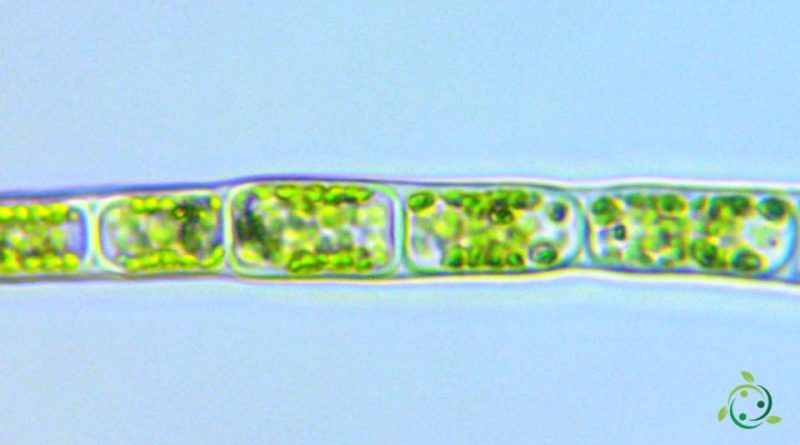Microspore
Microspore
In biology, the term microspores refers to the male spores of the sporophytes (pollen) which, in angiosperms and gymnosperms, form a pollen tube capable of fertilizing the macrospore.
The term microspora comes from the two Greek words μικρός «small» and σπορά «seed, sow».
The combination of microspores and megaspores is typical of so-called heterosporous organisms. Most plants that reproduce by seedless spores produce only one class of spores.
Microspores are land plant spores that develop into male gametophytes, while megaspores develop into female gametophytes.
The male gametophyte gives rise to sperm cells, which are used for the fertilization of an egg cell to form a zygote. Megaspores are structures that are part of the alternation of generations in many seedless vascular cryptogams, all gymnosperms and all angiosperms. Plants with heterosporous life cycles using microspores and megaspores arose independently in different plant groups during the Devonian period.
Microspores are haploid and are produced by diploid microsporocytes by meiosis.
Morphology –
Structurally a microspore has three different types of wall layers. The outer layer is called the perispore, the next is the exospore and the inner layer is the endospore. The perispore is the thickest of the three layers, while the exospore and endospore are relatively equal in width.
In seedless heterosporous vascular plants, the modified leaves, which are called microsporophylls, bear microsporangia containing many microsporocytes that undergo meiosis, each producing four microspores. Each microspore can develop into a male gametophyte consisting of a somewhat spherical antheridium within the microspore wall. In each antheridium, 128 or 256 spermatozoa with flagella are produced.
The only heterosporous ferns are aquatic or semi-aquatic, including the genera Marsilea, Regnellidium, Pilularia, Salvinia, and Azolla. Heterospory also occurs in lycopods of the genus Spikemoss Selaginella and the genus Quillwort Isoëtes.
In seed plants the microspores develop into pollen grains each containing a reduced multicellular male gametophyte. The megaspores, in turn, develop into reduced female gametophytes which produce egg cells which, once fertilized, develop into seeds. Pollen cones or microstrobiles usually develop towards the tips of lower branches in groups of up to 50 or more. The microsporangia of gymnosperms develop in pairs towards the bases of the scales, which are therefore called microsporophylls. Each of the microsporocytes in the microsporangia undergo meiosis, producing four haploid microspores. These develop into pollen grains, each consisting of four cells and, in conifers, a pair of external air sacs. The air pockets give the pollen grains greater buoyancy which aids in wind dispersal.
As the anther of a flowering plant develops, four patches of tissue differentiate from the main mass of cells. These patches of tissue contain many diploid microsporocyte cells, each of which undergoes meiosis producing a quartet of microspores. When microspores are produced, four chambers (pollen sacs) lined with atapetic nutrient cells are visible.
After meiosis, haploid microspores undergo several changes:
– the microspore divides by mitosis producing two cells. The first of the cells (the generative cell) is small and forms inside the second, larger cell (the tubular cell);
– members of each part of the microspores separate from each other;
– a double layered wall develops around each microspore;
– these steps occur in sequence and, once completed, the microspores have become pollen grains.

